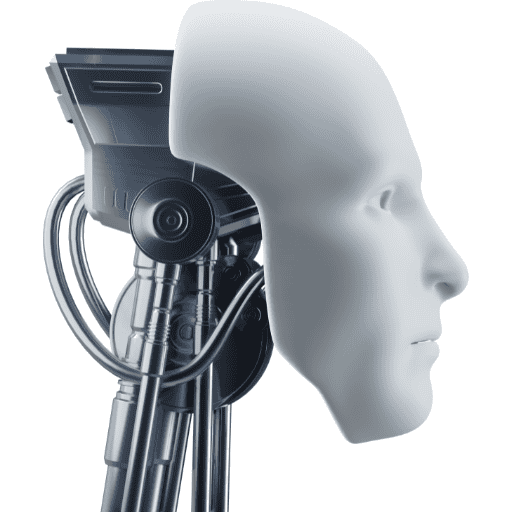EU's 'Code of Practice' for General-Purpose AI

The European Union is on a mission to make artificial intelligence (AI) safer and more effective for everyone. It’s developing a special set of rules called the “General-Purpose AI Code of Practice.”
Let’s take a closer look at what this means and why it’s important.
What is the Code of Practice?
The Code of Practice is a guide to help apply the EU’s AI Act to general-purpose AI models. These models, like big language models, are used in lots of different areas and can have a huge impact on society.
The code is being put together by experts from all over the world. These experts come from schools, businesses, and groups that help communities. They’re working together to figure out the best ways to use AI safely and for good purposes.
Why Does AI Need Regulation?
AI technology is getting more advanced, and with that, the risks can get bigger too. The EU’s AI Act, which was passed in March 2024, uses a “risk-based approach” to keep things safe and fair. It sorts AI systems into different levels based on how risky they are and sets rules for each level. This is super important for general-purpose AI because these systems can be used in so many different ways and might affect our lives a lot.
Working Together for Better AI
To create this Code of Practice, the EU has formed four special groups. Each one handles a specific part of the plan. Here’s what they focus on:
-
Transparency and Copyright: Making sure AI systems are open about how they work and respecting creative works.
-
Risk Identification: Figuring out what could go wrong and spotting potential problems before they happen.
-
Technical Risk Mitigation: Finding tech solutions to avoid or fix possible issues.
-
Internal Risk Management: Keeping everything inside the system running smoothly and safely.
It’s like having different teams each building a part of a new playground, making sure every piece is safe and fun!
Balancing Innovation and Safety
One of the biggest challenges for the EU is balancing innovation (the cool, new ideas) and safety (making sure those ideas don’t cause harm). Some big AI companies feel that the rules might be too strict and could hold back new ideas. Companies like Meta have shared their worries that too many rules could stop creativity.
However, the EU is listening and trying to find that sweet spot where new tech can grow without putting us at risk. By working closely with experts, they’re aiming to support both ethical and innovative uses of AI.
What’s Next?
The final draft of this big rule book— the Code of Practice— is expected to be ready in April 2025. When it’s finalized, it will be a huge step forward in setting global standards for how AI should be developed and managed responsibly. By doing this, the EU hopes to lead by example in creating a safer, more innovative future with AI.
In summary, the EU is on a path to create a smart balance between making the most out of AI technology and keeping it safe for everyone. It’s about letting those cool AI ideas shine while also having a strong safety net just in case. It’s exciting times ahead, and we’re all part of this journey as the world navigates the possibilities of AI.
